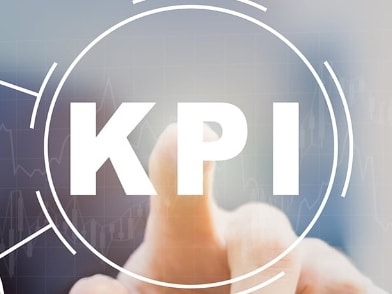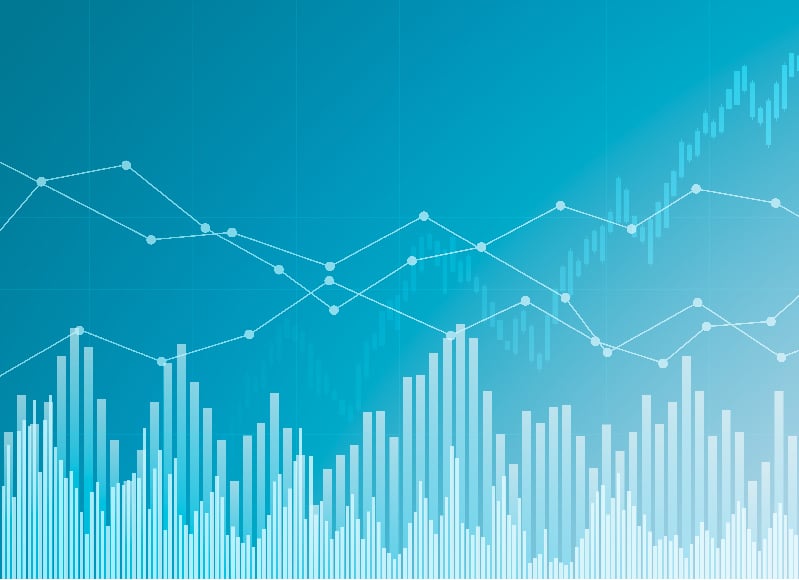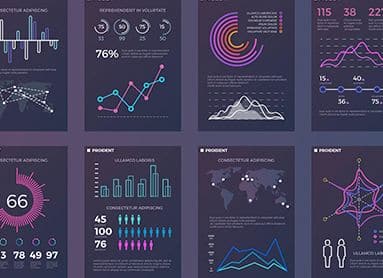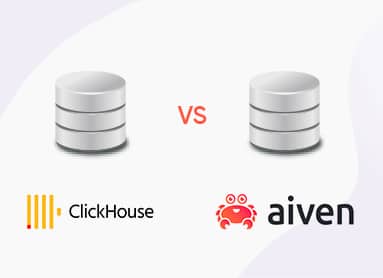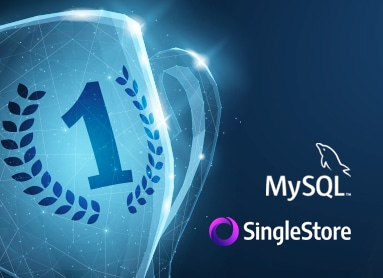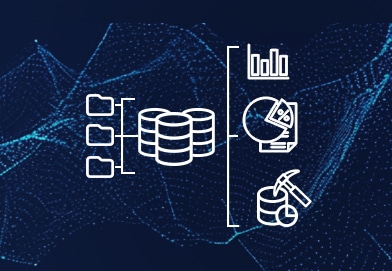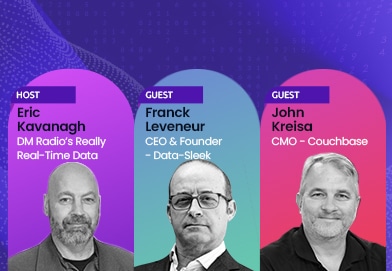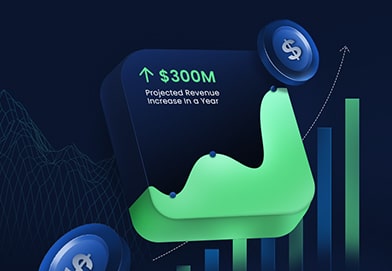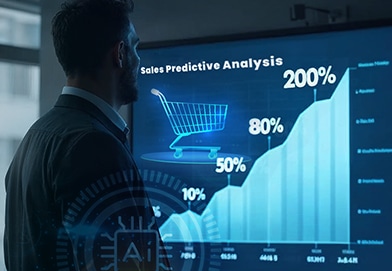Effective marketing campaigns involve a lot more than just knowing your audience—it’s about anticipating their next move. This is where predictive analytics for marketing takes the microphone. Predictive analytics helps marketers like you move beyond basic demographic targeting to build dynamic customer profiles that resonate and convert.
Need proof? Recent studies show that using advanced customer behavior insights to guide marketing decisions lands 85% higher revenue growth rates and 25% higher gross margin than those that don’t. Studies also show that companies using predictive analytics for marketing see boosts in conversion rates as high as 20%.
Why Predictive Analytics For Marketing?
Predictive analytics for marketing use cases empowers brands like yours to understand and anticipate customer needs. Instead of creating campaigns based on intuition and guesswork, predictive analytics uses data to forecast future outcomes based on historical data and behavioral patterns.
Data-driven marketing campaigns are fueled by data mining, the process of extracting valuable information from large datasets. Predictive analytics pulls insights from large datasets and makes assumptions about the future. Retailers preparing for their Black Friday/Cyber Monday (BFCM) campaigns might rely on past seasons’ sales metrics compared with the current year’s sales to gauge demand.
Which Begs the Question: Why Predictive Modeling For Marketing?
Predictive modeling is a technique used within predictive analytics that predicts customer behaviors. Such behaviors might include likelihood to purchase a specific product, product preferences, or potential churn. Modeling involves creating a formula, or a model, that the system develops overtime to help marketers predict the customer’s next move.
If you’ve ever heard the story of how Target figured out a teen girl was pregnant before her father did, you might be familiar with how modeling works. The infamous marketing story begins with a teen girl’s purchase of a few “normal” purchases at the major retailer. A few weeks later, she received a number of coupons for baby clothing and supplies addressed to her, drawing understandable ire from her father. A heated argument with store managers led to a serious talk with his daughter only to find that she was, indeed, pregnant.
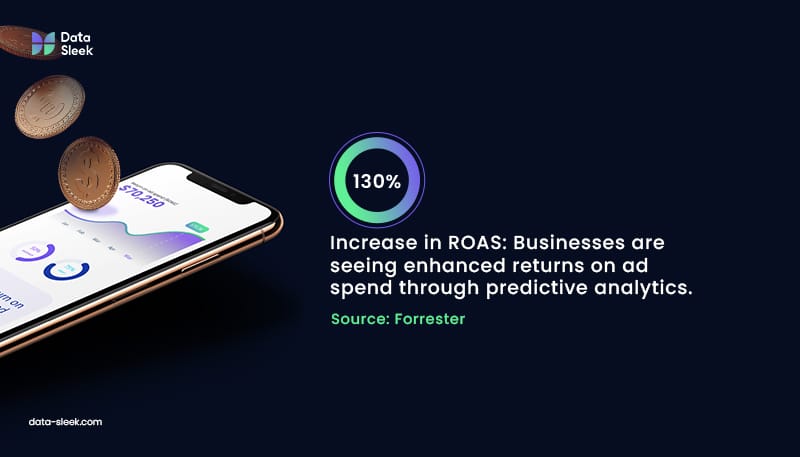
Modeling Behavior Nets Billions In ROAS
How did this happen? The coupons, that is. Target’s predictive modeling system crawled through its massive database of past purchases and consumer data to identify 25 products that signaled a “pregnancy prediction.” Depending on which of the 25 products were purchased, the model gauged an estimated due date that enabled Target to send out coupons correlating with the (predicted) expectant mother’s pregnancy stage.
The retailer’s name is fitting, considering the depth of its predictive modeling for marketing purposes. Target’s revenue grew from $47 billion in 2022 to $67 billion in 2008 with the help of its baby-on-board modeling.
This example of predictive modeling demonstrates the machine learning-like abilities for predictive analytics. Insights within data can be extracted and then modeled over time to create a deeper (and certainly more profitable) understanding of customer behavior that goes beyond the basic profiling.
Running Your Marketing Strategy Like a Pro
Let’s be honest, every brand is volleying for the attention, trust, and loyalty of customers. To attain and maintain a competitive advantage, businesses must go beyond basic marketing strategy. One way to look at it is to treat your campaigns as if they were in a high stakes race such as running for president. Your customer has two choices: you or the “other” guy. Which one are they going to choose?
Just as political campaigns use data analytics to win votes, your organization must be strategic about the tools and the approach you’re using to win over the competition. To really run your campaigns like a champion, consider incorporating predictive analytics for marketing into your overall strategy.
The Power of Predictive Tools In Marketing
Predictive analytics, predictive modeling, and business intelligence are three key tools for building a strategy that goes beyond just understanding your audience to really thinking like them, anticipating their needs, and keeping them engaged.
Implementing advanced BI tools like these don’t always require a suite of highly credentialed data science employees. In fact, many of our customers do not have dedicated IT teams. Yet, they operate with a modern tech stack producing high levels of business intelligence as if they did. Predictive marketing tools enable your organization to build a marketing strategy that nails conversion targets every time, and at a fraction of the cost.

If your organization is looking to take the next steps in marketing by incorporating predictive analytics for marketing to understand customer behavior, anticipate future trends, and make better decisions that drive conversions, here are four steps you can take in your data journey.
See how predictive analytics can boost your conversion rates—Schedule a free consultation with one of our data experts (not sales guys) today!
1. Build customer profiles using more than just marketing data analytics.
Understanding your audience is key to any successful campaign. In marketing, using predictive analysis helps your teams build detailed customer profiles. These profiles include all the “usual suspects” like age, location, income, and behavioral insights.
I’m pretty passionate about this subject, particularly in personality and consumer behavior analysis. And while I might be biased, it’s been my experience that most organizations completely ignore audience analytics—let alone behavioral data. Understanding individual customers is the key to driving lifetime value. Why? Because it helps you understand exactly who you’re talking to—and why.
Building a robust, data-driven customer profile gives your business the necessary insight to target your audience better than the “other guy.” Not only does it help you fine-tune your targeting, but it also reduces spending waste, increases conversion potential, and enhances campaign efficiency. Basically, it makes you look like a hero.
Some practical ways to build basic customer profiles:
- Start with the basics. You’re already likely using some form of analytics within your business, whether it’s Google Analytics, social media, or even just your sales data. Compile a database with the data you already have. Quick analyses don’t require exhaustive spreadsheets and a migraine. Just getting a general idea of age, gender, location, and spend value is a great place to start.
- Segment Data. Customer segmentation starts with grouping like data into one profile. Maybe your audience has a noticeably large group that consists of men who live in Los Angeles that are the primary decision makers. That’s a segment you can focus on to attract more potential customers that fit the bill.
- Identify Your Big Spenders. Once you’ve developed a few different customer segments, identify which ones spend the most and which ones are most likely to buy from you. These are the groups that your marketing team should focus its lead prioritization on.
2. Use Predictive Modeling to Anticipate Customer Needs and Next Moves.
Connection is key to building a lasting relationship. Not just any connection, but the kind of connection where you can finish each other’s sentences and make decisions based on how it will affect the other person. It’s how your business will pull customers away from competitors.
Building connection isn’t about writing personal love letters or pulling a card from the Hallmark rack (although that sometimes does work, so know your audience). We’re talking more like knowing your audience well enough to predict what they’ll do next as if you had that one-on-one relationship.
Predictive modeling helps businesses avoid wasted resources and boost conversion rates by delivering messages that meet their audience right where they’re at. It’s a powerful way to say “I understand you better than the other guy” without saying it.
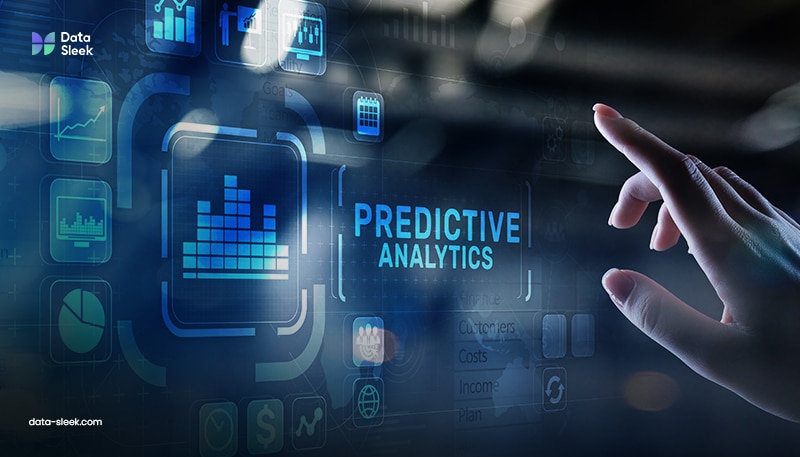
Some practical applications for predictive modeling include:
- Personalized Recommendations: Recommend products or services based on purchase history or browsing behavior to up that cart value, stat.
- Timing Campaigns for Max Impact: Perfectly timed promotions are the key to outsmarting the competitor. One of our clients using predictive analytics noticed a surge in cannabis products whenever a particular TV show aired. This helped the company anticipate demand and send out targeted messaging to be at the right place at the right time.
- Churn Prediction: Doomed relationships usually end long before the actual breakup. Modeling helps your business recognize the early signs of disengagement so you can fan the flame once again.
- Data Sources: Aggregate data from sources like social media, purchase history, email interactions, and website behavior to paint a complete picture. Save yourself the time and frustration, and let us handle the dirty work.
- Behavioral Insights: Go beyond the surface and try to identify patterns in your audience’s behavior. Monitor things like their preferred purchase times and do A/B testing to see how they respond.
- Audience Segmentation: Just as political campaigns segment voters by interest and priorities, do the same for your customers and adjust your messaging accordingly. Customers in a rush to fix a problem respond a lot differently than those taking their time in the discovery process.
3. Using Business Intelligence (BI) for Strategic, Real-Time Decisions
Business Intelligence (BI) functions as the control center for strategic decision-making in marketing. With BI tools, you can access real-time insights that allow you to monitor, evaluate, and adjust your marketing strategies on the fly. Imagine having a dashboard that shows exactly how your marketing efforts are performing, letting you make timely changes to improve outcomes and stay ahead of shifting trends. BI tools transform vast amounts of customer data into actionable insights, helping marketers understand what’s working, what isn’t, and where to focus their efforts for maximum impact.
BI Tools give you the edge by:
- Optimizing Ad Spend: See which marketing channels are actually producing engagement so you’re not wasting money on ads that are sinking the ship.
- Engagement and Sentiment Monitoring: Real-time data on customer engagement helps you see what messages are really resonating. If you’ve ever wanted to know what way a customer is leaning, sentiment monitoring is the tool for the trade.
- Competitive Analysis: BI tools help you gauge your position in the race. They can help you better prepare when an unforeseen competitor starts making strides and make adjustments when the market moves.
4. Psychographic Targeting
Data analysis can only go as far as we allow it to be human. As Josh Lyman from The West Wing insightfully observed, “People aren’t numbers.” Demographics and behavior give us important insights, but the strongest campaigns go even deeper with psychographic data, as demonstrated by companies like Tesla and Nike.
Again, I might be biased because I’m particularly passionate about this subject, but here are a few things to know:
- People bond quickly with others who think like them. (This is common knowledge)
- Communication is more about how others interpret what you say rather than how you mean it. (This is personality)
- Value-based conflicts are the hardest, if not impossible, to solve. (This is worldview)
Hit all these points, and you’ve built a marketing campaign that wins the customer regardless of whether the competition is better for the job. You don’t have to have a better service—you just need to be better at communicating it.
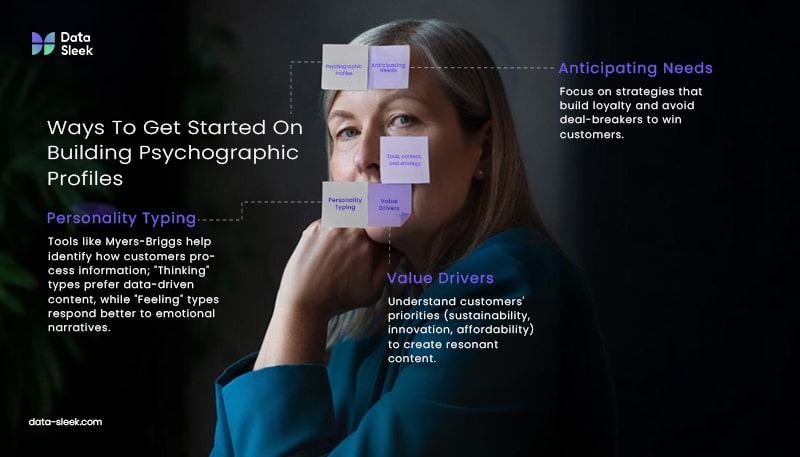
Here are a few ways to get started on building psychographic profiles:
- Personality Typing: Using tools like Myers-Briggs or the Keirsey Temperament Sorter can help you understand how customers take in and process information. For example, “Thinking” types appreciate data-driven, logically-based messaging, while “Feeling” types might connect better with emotional, narrative-based content.
- Value Drivers: Understanding what values and causes customers prioritize (sustainability, innovation, affordability, etc.) can help you create content that speaks to these values.
- Anticipating Customer Needs and Deal-Breakers: Knowing what moves will guarantee the win vs. which ones will repel customers is a no-brainer. Focus on the ones that drive loyalty and avoid (or proactively counteract) the deal-breakers.
Closing the Loop and Final Thoughts
Implementing predictive analytics for marketing strategy gives your business a solid foundation for understanding your customers and crafting effective marketing campaigns. It takes the guesswork out of strategic decision-making and positions you to take charge of your market by boosting conversions.
To really take advantage of predictive marketing analytics, take the time to go as in-depth into your data as possible. The clearer the picture your marketing team has of the customer, the greater the chance of conversions.
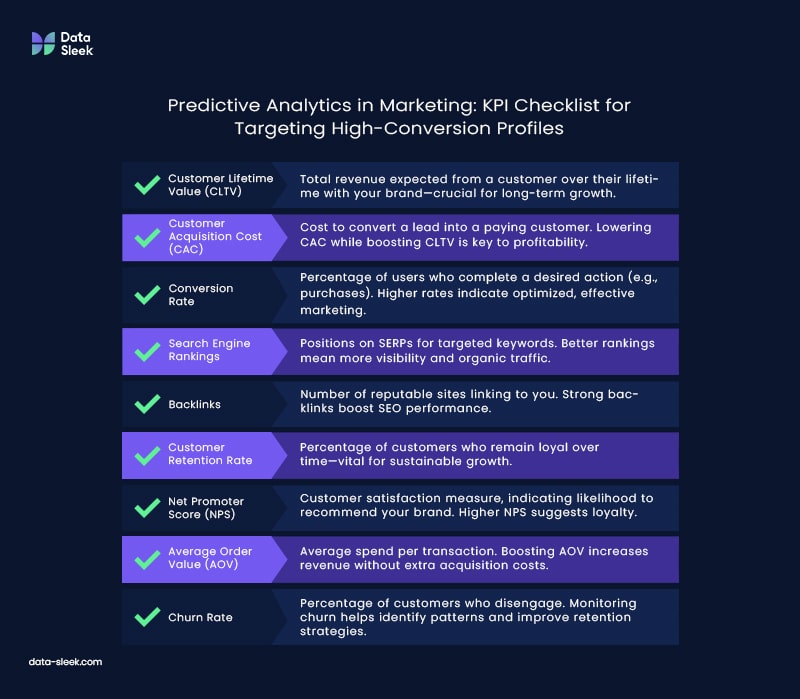
Frequently Asked Questions
How do predictive analytics improve customer targeting?
Predictive analytics for marketing helps understand customers better. It allows marketing teams to look beyond traditional demographic data. By examining different data points, predictive analytics makes it easier to segment customers. This is based on their expected behavior, preferences, and needs. As a result, marketing can be more targeted and personalized. This leads to better engagement and higher conversion rates.
Can small businesses benefit from predictive analytics?
Absolutely. Predictive analytics is not just for big companies. Small businesses can also benefit a lot from it. By using affordable predictive analytics tools, small businesses can learn more about their leads. This can help them prioritize leads better, improve customer satisfaction, and grow their market share. Predictive analytics for marketing is especially useful because they help smaller businesses maximize their marketing campaigns to scale their business.
What are the common challenges in adopting predictive analytics?
One of the biggest challenges is managing and analyzing large sets of data, known as big data. To use advanced analytics well, you need skilled people and the right tools. This helps to keep the data accurate and get useful insights.
What is the first step in implementing predictive analytics in marketing?
The first step in implementing predictive analytics for marketing is to set clear marketing goals and figure out the questions you want to answer. After you know your goals, you can collect customer data from different sources. These sources include CRM systems, website analytics, and market research. This data is important for creating a predictive model that meets your business needs.




